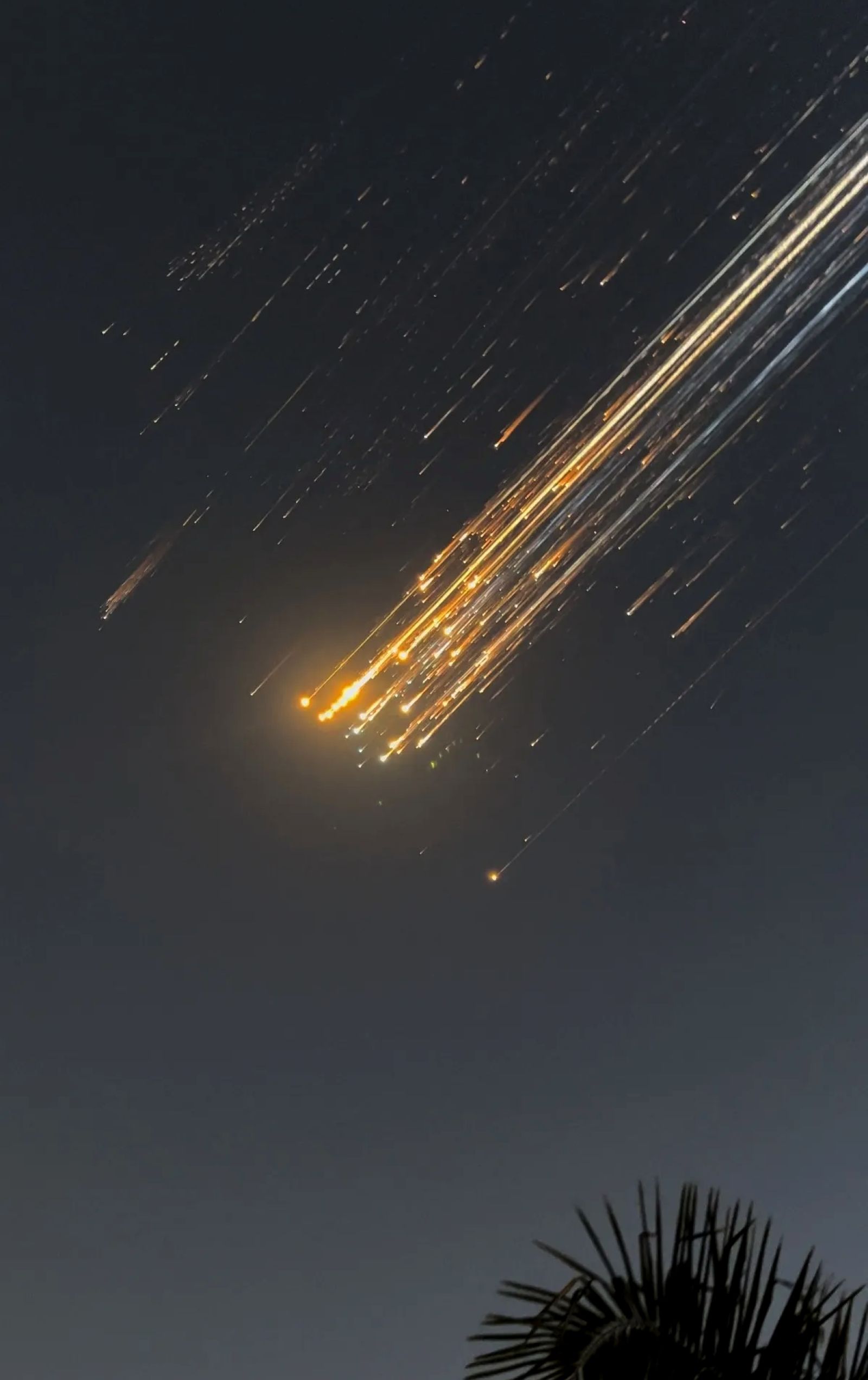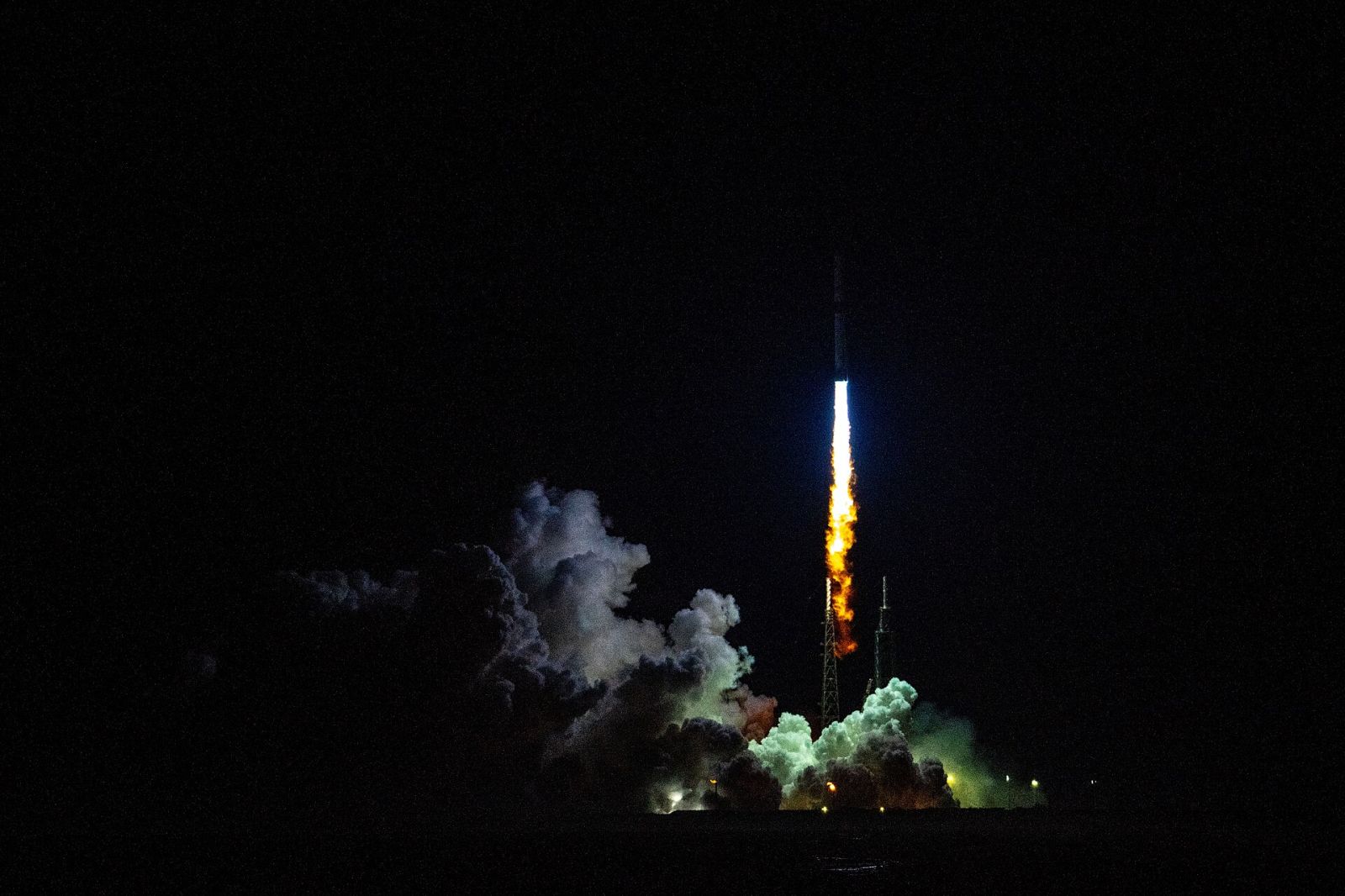Follow us on Google News (click on ☆)
The New Glenn rocket, standing at 321 feet (98 meters) tall, is designed to deliver up to 45 metric tons (99,000 pounds) to low Earth orbit. Powered by seven BE-4 engines using a mixture of methane and liquid oxygen, it aims to compete with major players in the space industry, particularly SpaceX.
During this first flight, the rocket carried the Blue Ring Pathfinder, a prototype designed to test key technologies for future missions. Although the primary objective of reaching orbit was achieved, the reusable first stage failed to land on the intended barge.
According to initial analyses, a guidance system failure may have prevented the booster from landing properly. Blue Origin is currently conducting a thorough investigation to determine the exact causes of this failure and implement necessary corrections for future flights.
The opposite for SpaceX
Just a few hours after New Glenn's inaugural flight, SpaceX conducted the seventh test flight of its Starship from its Boca Chica base in Texas.
Starship, standing at 394 feet (120 meters) tall, is designed to be fully reusable and capable of transporting heavy payloads to the Moon, Mars, and beyond. This flight aimed to deploy ten Starlink satellite simulators, a first for the program.
The launch began successfully, with the Super Heavy booster performing a complex maneuver, a return to Earth, and a perfect catch safely executed by the launch tower's mechanical arms.
Meanwhile, the Starship spacecraft encountered problems in flight when several of its engines stopped functioning, leading to a loss of communication and its presumed disintegration over the Turks and Caicos Islands southeast of the Bahamas. Debris was observed during atmospheric re-entry, an impressive spectacle but confirming the failure of this part of the mission.
Elon Musk, CEO of SpaceX, stated that the incident might be due to a fuel leak causing a fire, which led to the loss of the vehicle. The Federal Aviation Administration (FAA) has ordered SpaceX to conduct a thorough investigation into this incident. SpaceX plans to correct the identified errors and continue testing to achieve its ambitious goals, such as missions to Mars and providing a lunar lander for NASA's Artemis 3 mission.

Equally spectacular: debris from the orbiter tearing through the sky
These two events show undeniable successes but also highlight the challenges faced by Blue Origin and SpaceX in developing their respective space programs. Ongoing investigations will provide crucial information to improve the reliability and safety of future launches.
